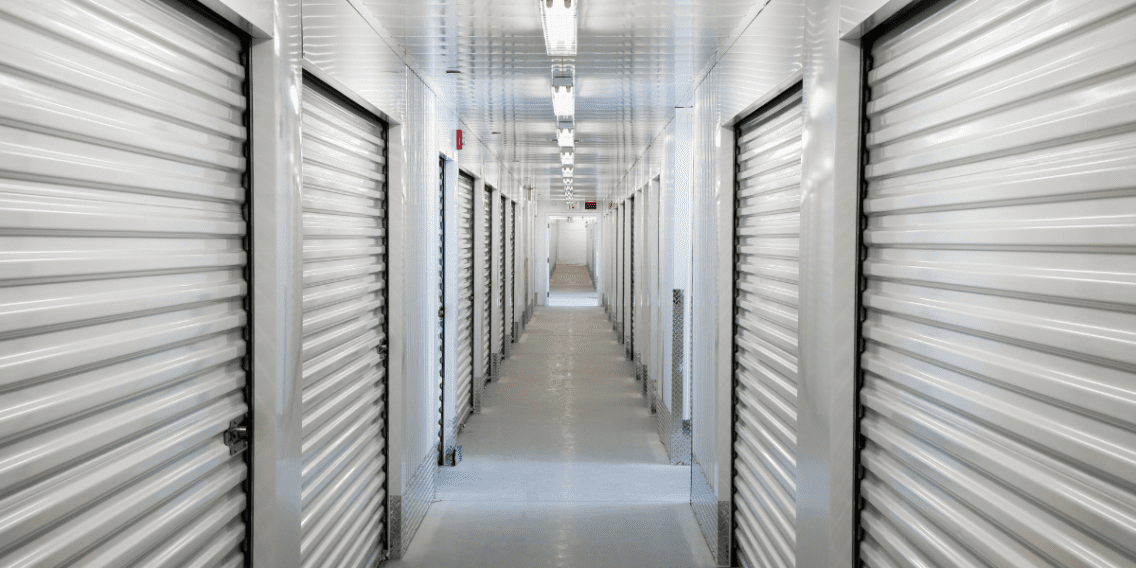
How to Choose the Right Storage Unit Size and Facility for Your Needs
July 28, 2025
Whether you’re storing dorm furniture between semesters, keeping your belongings safe during a household move, or managing extra equipment for your growing business, finding the right storage unit is essential. Not all facilities are created equal, and selecting the wrong size, features, or location can lead to unnecessary costs and frustration. This guide will help you choose the best unit for your specific needs—residential or corporate—no matter where you live.
At Piepho Moving & Storage, we’ve helped thousands of customers across Minneapolis and the Twin Cities choose the right unit for their needs. Here’s a complete guide to help you get started — with expert advice, cost-saving tips, and a breakdown of what each unit size can hold.
🏠 Storage Unit Sizes Explained
Picking the correct storage unit size helps avoid unnecessary costs and ensures a smoother storage experience. Here’s a quick breakdown:
| Unit Size | Comparable To | What It Fits |
|---|---|---|
| 5×5 | Small closet | Boxes, clothes, lamps, small décor |
| 5×10 | Walk-in closet | Dresser, twin/queen bed, boxes |
| 10×10 | Half a 1-car garage | 1-2 bedrooms or full living room |
| 10×15 | Small garage | 3 bedrooms, couches, TVs |
| 10×20 | Standard 1-car garage | 3–4 bedrooms, large appliances |
| 10×25 | Large garage | Fully furnished 3BR home, washer/dryer, dining set, small boat |
| 10×30 | XL garage | Contents of 5BR home or full garage |
What to Look for in a Storage Facility

Storage isn’t just about square footage—it’s also about peace of mind. Here’s what to consider before signing a rental agreement:
Budget & Pricing
Compare monthly rental costs and fees.
Indoor vs. outdoor units can vary in cost depending on climate control.
Avoid long-term contracts unless you’re sure of your timeline.
Security
Look for features like gated access, surveillance cameras, alarms, and on-site staff.
Ask about insurance coverage or the option to purchase tenant insurance.
Learn more about what’s typically covered: Insurance.
Accessibility
Do you need 24/7 access, or just regular business hours?
Is drive-up access important for heavier items?
Climate Control
Essential for items like electronics, furniture, photos, and documents.
Areas with extreme weather benefit from temperature-regulated units.
Location
Units outside the city may cost less but consider how often you’ll need access.
Proximity to your home or moving site can save time and transportation costs.
Residential Storage Checklist

Residential storage is ideal for short- or long-term needs like moving between homes, downsizing, or making space during renovations. Use this checklist to ensure your items are stored safely and affordably:
1. Choose the Right Unit Size
From a small 5×5 unit for boxes and small furniture to a 10×30 that holds the contents of a full home, the size of your storage unit should match your inventory.
2. Climate-Controlled Units
If you’re storing electronics, photos, documents, or antique furniture, a climate-controlled unit helps prevent damage from humidity or temperature swings.
3. Access Hours
Consider how often you’ll need to visit your storage unit. Choose a facility that offers convenient access hours for your schedule.
4. Proper Labeling & Organization
Use clear plastic bins and label everything. Place frequently used items toward the front of the unit for easy access.
5. Secure Facility
Look for gated access, surveillance cameras, and on-site management to protect your belongings.
Corporate Storage Checklist
Corporate or business storage supports offices, retail shops, construction firms, and others needing flexible space for inventory, records, or equipment.
1. Store Business Equipment Safely
Tools, desks, signage, and seasonal displays can all be safely stored offsite to free up valuable office or retail space.
2. Document Archiving
Secure storage is essential for sensitive files. Look for units with humidity control and strong security protocols.
3. Inventory Management
Use shelving and bins to keep your business inventory organized and accessible. Consider facilities with delivery acceptance or pickup access.
4. Flexible Lease Terms
Businesses evolve quickly. Make sure your provider offers month-to-month options or contract terms that suit your growth.
5. Scalable Space
Choose a facility that allows you to scale your space up or down based on your storage needs.
Common Questions When Choosing a Storage Unit

How do I estimate the size I need?
Use a storage calculator or speak with a facility expert. Always inventory your items first.
Are long-term discounts available?
Yes! Many facilities offer reduced rates for prepaying or signing 6- or 12-month agreements.
What should I avoid storing?
Flammables, perishables, live animals, and valuable personal documents should never be kept in storage.
Can I store a vehicle?
Yes, but confirm the facility’s specific policies on storing cars, boats, or motorcycles.
Find The Right Storage Unit Size with Piepho Moving & Storage.
Whether you’re a family needing a few months of extra space or a growing business looking for a reliable storage partner, Piepho Moving & Storage offers secure, flexible residential and commercial storage solutions to fit your needs.
For additional details about storing your items in one of our secure facilities, contact us today.




